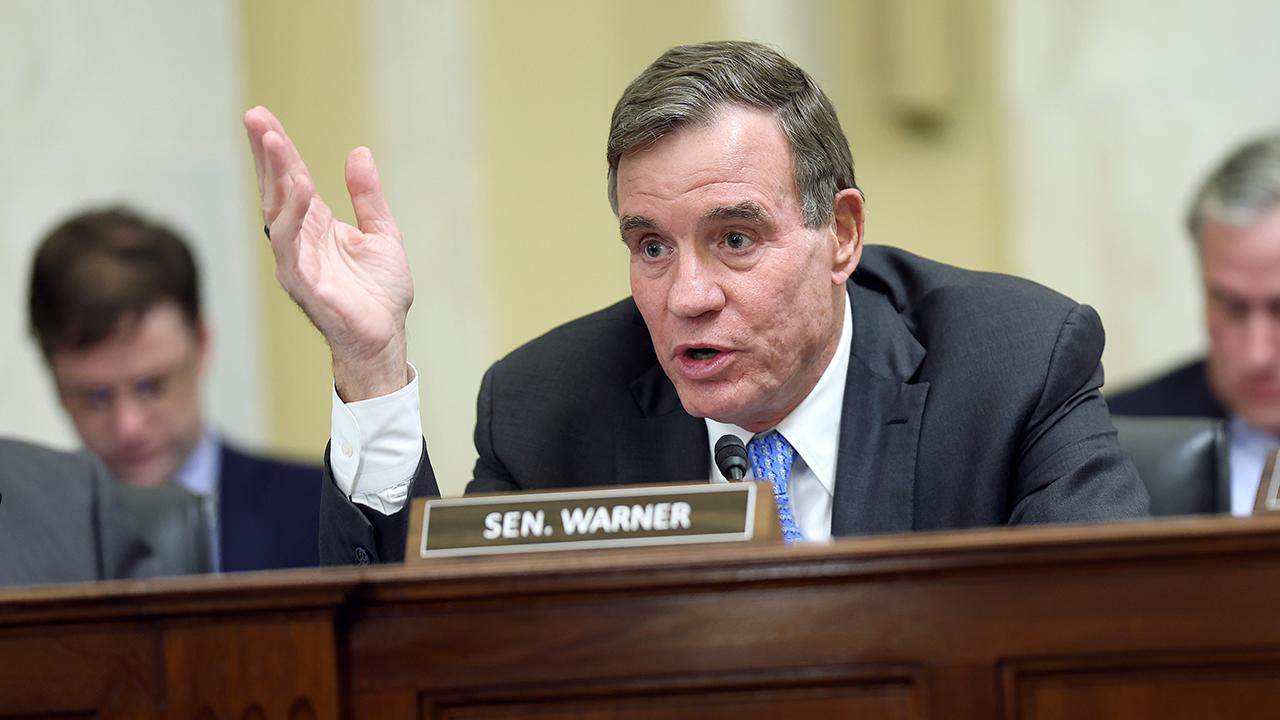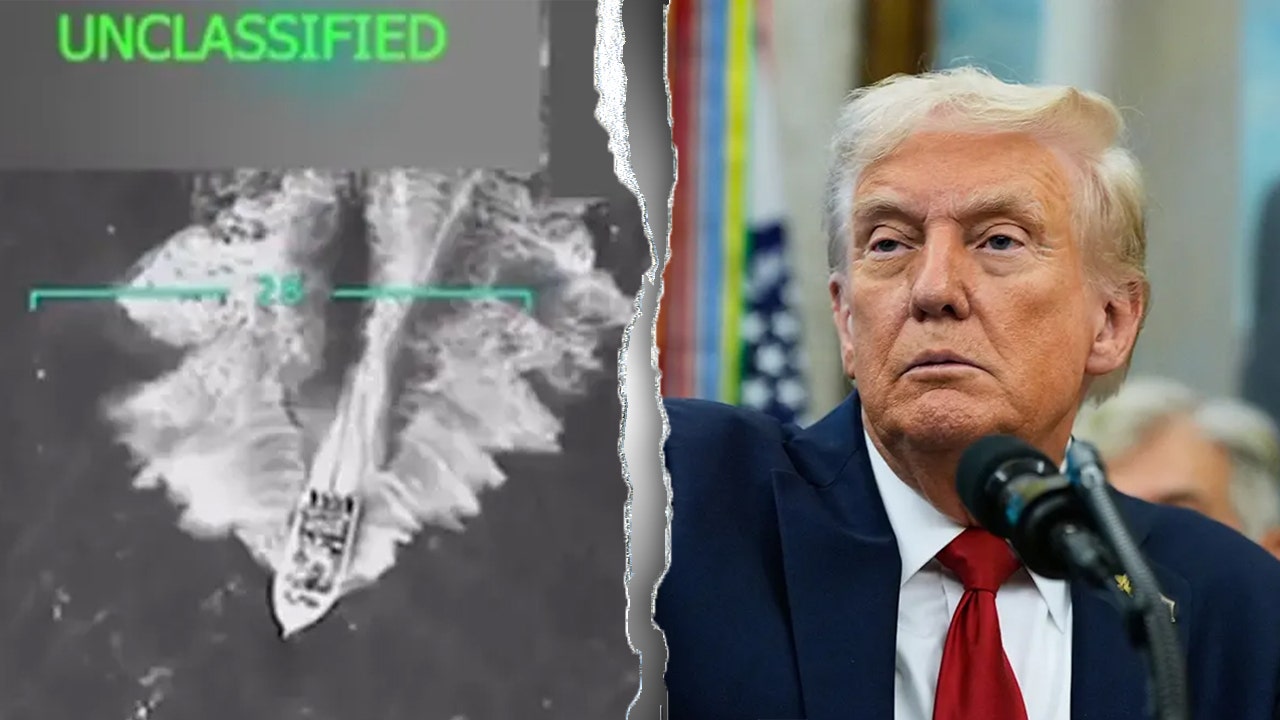European officials pitch new idea to shore up defenses with Trump’s return

NATO member states are facing a critical challenge as they struggle to meet their defense spending goals while conflicts continue to escalate on Europe’s eastern front. With eight countries failing to reach the 2% target for defense spending in 2024, there is a pressing need for a plan to bolster defenses with hundreds of billions of dollars.
The European Commission estimates that around 500 billion euros, equivalent to $524 billion, will be required in the next decade to defend Europe against evolving threats. However, as many member states grapple with budget constraints, meeting these goals has proven to be a daunting task.
European officials are now considering the establishment of a defense, security, and resilience (DSR) bank to provide financial support for military modernization efforts. The proposed bank would issue bonds backed by AAA ratings to financially struggling countries, enabling them to upgrade their defense capabilities. Additionally, the bank would offer guarantees to commercial banks to extend credit to defense suppliers.
Giedrimas Jeglinskas, chairman of Lithuania’s national security committee and a former NATO official, emphasized that the DSR bank should complement, not replace, efforts to increase defense spending in individual countries. He also highlighted the potential benefits for the United States, particularly under the leadership of President Trump, who has been critical of NATO members failing to meet their defense spending targets.
The idea of a DSR bank has gained traction among EU defense chiefs and foreign ministers, with some proposing joint debt issuance through bonds to finance military projects. However, concerns have been raised about maintaining sovereignty and the financial burden on certain countries, such as Germany.
The concept of a DSR bank is detailed in a report by defense fellow Rob Murray of the Atlantic Council. The bank would not only provide low-interest loans for defense modernization but also support equipment leasing, currency hedging, and infrastructure projects in conflict zones like Ukraine. By underwriting the risk for commercial banks, the DSR bank aims to facilitate financing for defense companies across the supply chain, particularly small and medium-sized enterprises.
Jeglinskas highlighted the need to leverage Europe’s substantial assets under management and redirect capital towards defense initiatives. He compared the proposed DSR bank to the U.K.-led Joint Expeditionary Force, emphasizing the importance of aligning funding with collective security goals.
While the European Investment Bank has supported European projects aligned with EU policies, Jeglinskas noted the need for a dedicated mechanism to channel capital towards defense. He suggested that a global defense bank could serve as a valuable tool for mobilizing capital and directing it towards critical defense programs.
In conclusion, the establishment of a DSR bank could provide a much-needed financial boost to NATO member states struggling to meet their defense spending targets. By offering sustainable funding for defense modernization and facilitating access to capital for defense companies, the DSR bank has the potential to strengthen Europe’s defenses against evolving threats.




